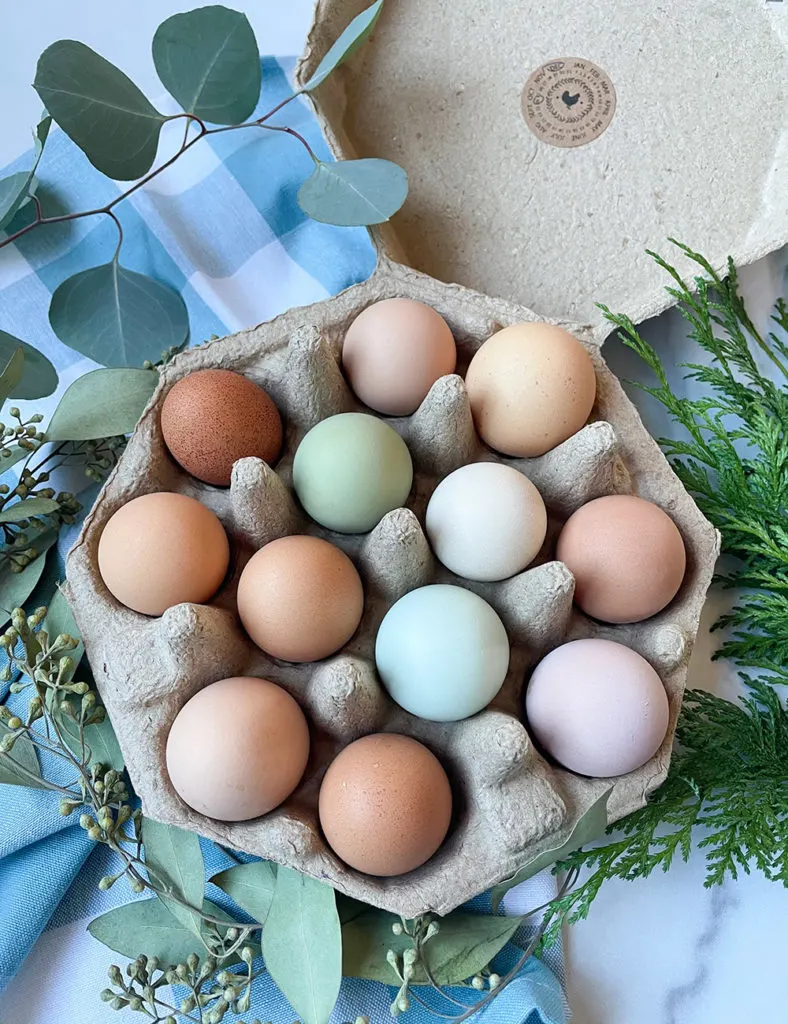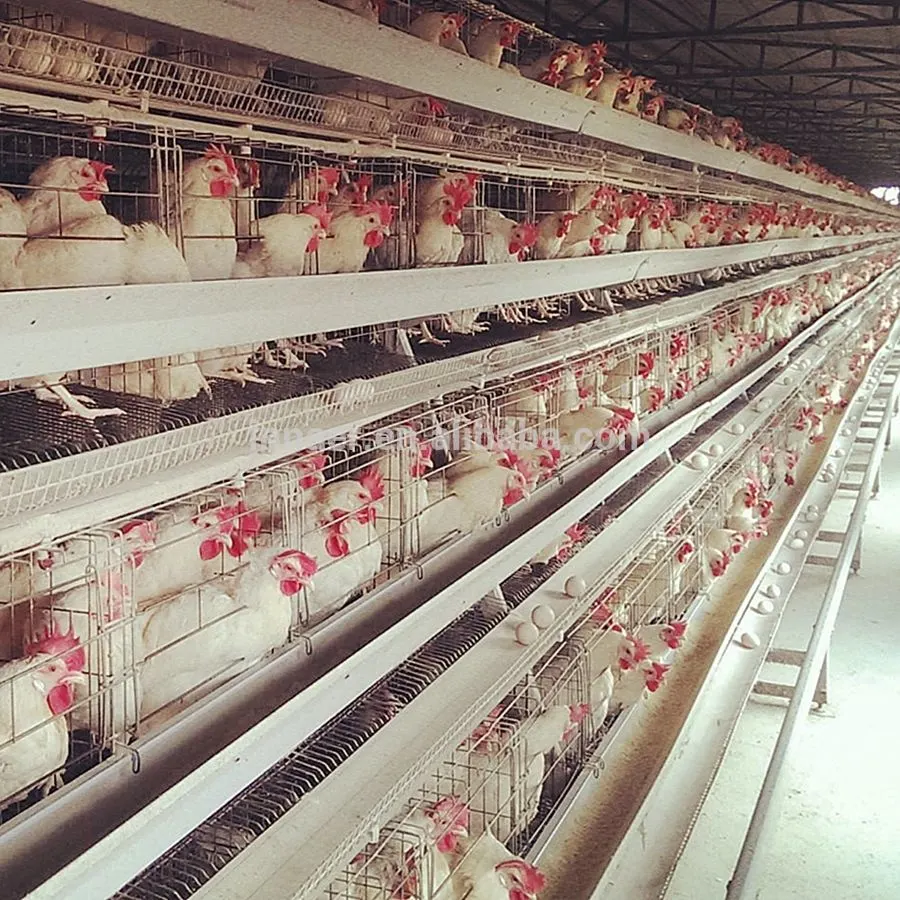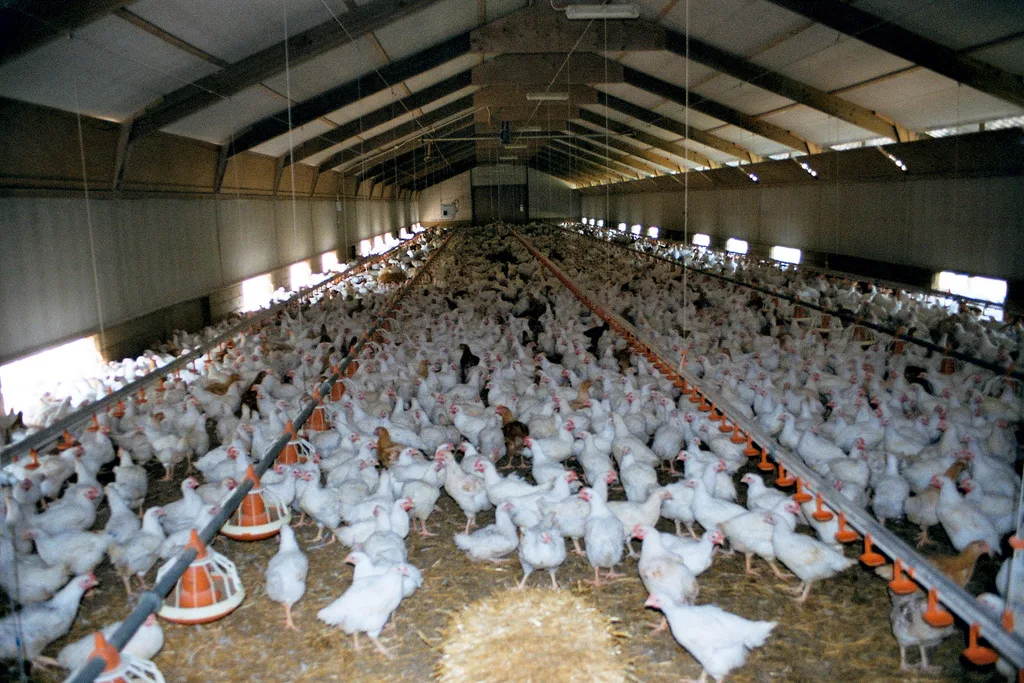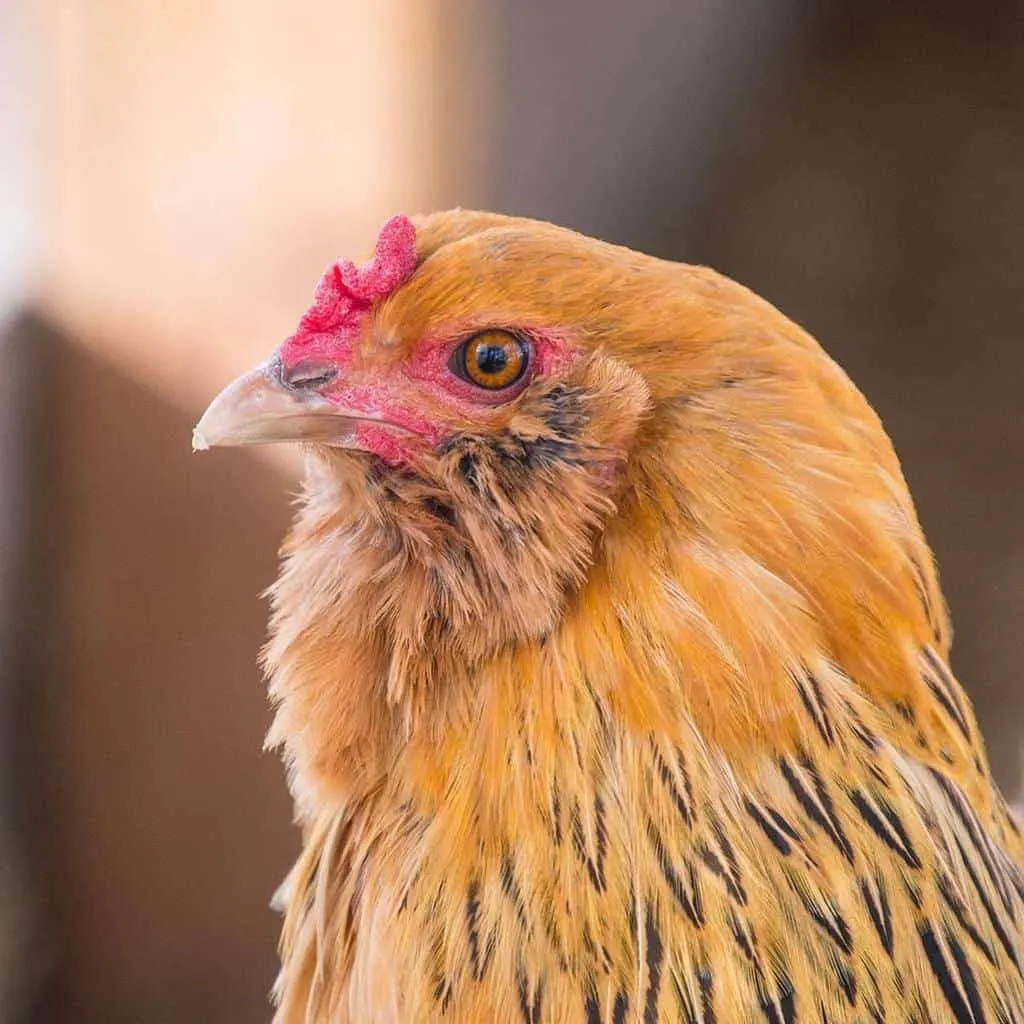The quality of eggs make a big difference, keep reading to learn why.

Not interested in learning about eggs, just looking for information about our Buckhorn Cliff eggs, pricing, and why they’re different?

Difference Between Store Bought Eggs and Our Buckhorn Cliff Eggs (our eggs)
Ever wondered why all the eggs are white when you buy the standard ole’ eggs at the grocery store? Ever considered how old the eggs are when you pick them off the shelf? Are there nutrition benefits to avoiding commercially produced eggs?
Let’s dive in to the differences.
Fun fact: Time it takes a chicken to form an egg is typically 26 hours (from start to finish)
Why are store bought eggs white?

White eggs are standard in the US (not throughout the world). Egg color depends on the breed. Darker colored shells require more nutrients too (takes more feed/feeding). White eggs are cheaper to produce. The color of the egg does not indicate if it’s more nutritious or not.
Why are store bought eggs perfectly clean?
All eggs have a natural coating on the shell (referred to as the bloom or cuticle). This coating is the first line of defense (keeps the air and bacteria out of the egg). Commercially produced eggs are required by the USDA to be cleaned. This removes the natural barrier (eggshells are porous). Removing the bloom means that the protective barrier is completely gone and the eggs will have a shorter shelf life, also requiring that they be stored in the refrigerator to reduce the chances of dangerous bacteria entering the egg through the shell’s pores.
How old are store bought eggs?
A commercial egg farm only needs to list the date the eggs were packaged, and they must get the eggs to a grocery store within 30 days of packaging. A grocery store is to only hold eggs for 30 days. There are reports that eggs have gone back to the farm and “repackaged” with a new date and the process starts again (my guess is that’s rare). You can assume store bought, washed eggs, are at least a month old (on average) and sometimes older (depending on the circumstances).
What do commercial laying hens eat?
Generally: soy, wheat, corn, barley, sorghum, canola meal. Not organic feed (unless specifically designated on the retail packaging).
Does it matter for me, what laying hens eat?
First off, the chicken’s health: Chickens on a diet of corn and soy don’t easily absorb manganese. Iron deficiencies may be an issue with chickens that are fed isolated soybean protein, they’ll probably need supplements. Overall, chickens don’t live well on a diet rich in corn and soy (similar to humans).
On to you…
Does it matter what the hens eat? If you’re consuming their eggs, yes.
Soy: If you’re allergic to soy, the soy in commercial feed will end up in the end product (the egg) and plausibly cause an allergic reaction. If you’ve believed you’re allergic to eggs, you might not be, it might just be the soy. Don’t be fooled by “organic” eggs, they’re probably fed soy too. Unless it says something about being soy free, it’s probably not.
Corn: If you have a corn allergy you probably can’t tolerate most eggs (due to the fact the hens are fed a diet rich in corn).
Pesticides: If the chicken eats cheap feed, it’s going to have traces of pesticides. This will transfer to the egg… and on to you.
Here’s where it gets bad (regardless of allergies) –
Risky Omega Balance of Commercial Eggs
Hens fed a corn rich diet have a modified omega ratio.
What’s a good Omega 3 to 6 ratio? Answer: 1:4
Chickens fed a diet high in corn produce a ratio of 2:30. Too much Omega 6 negates the benefit of Omega-3’s (which are good for cardiovascular health).
Corn and Soy are calorie dense but poor in OMEGA-3 (in relation to egg nutrition).
Commercially produced corn and soy fed eggs may on average be a 2:30 ratio of Omega-3 : Omega-6
That’s bad news.
https://www.ncbi.nlm.nih.gov/pmc/articles/PMC5415167/
Why is too much Omega-6 bad?
It may raise your blood pressure and lead to blood clots (heart attack & stroke). Your body may retain more water when fed a diet high in Omega-6.
“…could potentiate inflammatory processes and consequently predispose to or exacerbate many inflammatory diseases.” – source
Flaxseed also improves Omega-3 balance in eggs. Omega-3: good, flaxseed in the hen’s diet is important.
“Other research has demonstrated that all the fat-soluble vitamins, including A and E, and the unsaturated fats, linoleic and linolenic acids, are egg responsive, and that hen diet has a marked influence on the egg concentration.” – source
What are the living conditions like for factory farmed laying hens?

Factory farm laying hens live in wire battery cages (each hen averages an approx. 70 square inches of space – similar to a piece of paper).
Some factory’s laying hens are “debeaked” – their upper tip of the beak is removed. This is done because the hens live in close proximity to each other and would likely peck each other to death due to the stress of the living conditions.
“Free range” hens in most factory egg farming circumstances are given little to no access to the outdoors. Ranges from farm to farm.

Do commercial farms use hormones for factory farmed eggs?
No, that’s not something you need to worry about. It’s probably costly to add something like this. It’s also likely not necessary. If you see advertising that says hormone free, it’s just to make you think it’s safe to eat. Nothing more.
Are commercially farmed hens fed drugs?
Commercially raised egg producing hens may be given antibiotics in an effort to keep them healthy in cramped living conditions.
If laying hens are treated with antibiotics, will the eggs contain residue?
Yes. “…it is evident that drug residues (exceeding MRL values) get deposited within various egg compartments and the consumption of such contaminated eggs can cause serious consumer health hazards.” – source
As you can see there are a lot of RED FLAGS to consider when purchasing factory farmed eggs. Knowing about the chickens, the feed they eat, and their conditions, helps you become a more informed consumer.
The Benefits of Buckhorn Cliffs Locally Farmed Eggs

- Quality Feed – Our feed is certified organic and non GMO verified. It includes a special blend of cracked organic grains, organic flax meal, and select vitamins and minerals sourced from North American farms. No corn or soy.
- Better Omega-3 to Omega-6 Ratios – we use a feed blend that helps to promote a better Omega-3 to Omega-6 ratio than commercially produced eggs.
- Outside Activity and Feeding – Our hens get access to the outdoors and all of the food options available. + Buckhorn Cliffs is located in the mountains far from the city, the likelihood of pesticides on our property are MUCH lower than what you may find in a more suburban setting. The range of plants and bugs on the homestead are vast.
- Treatment – well, just look at the picture above… Our hens are part of the family.
- Allergy Friendly Eggs – our eggs are safe for those with allergies to soy and corn (there’s no soy or corn in the hens’ feed… ever).
- Natural Eggshell Coating – We don’t wash the eggs, all eggs retain the bloom which is the first line of defense (keeps the air and bacteria out of the egg). They might be a little dirty, that’s natural, that’s okay. Commercially produced eggs don’t have this protection.
- Fresh – Our eggs are always guaranteed fresh (we’re a very small operation).
- View Pricing (click here)

The Cost Difference of Local Eggs and Commercial Eggs
The cost difference is significant. There are obvious reasons large factory egg operations have to operate the way they do, why they need to feed the way they do. If they didn’t manage those efforts the general population wouldn’t buy eggs, they’d cost too much.
Large commercial farming operations are seriously focused on two important elements of their business: cost and profit. In order to maximize profit, they have to cut costs. Cutting costs, while good for the operation and bottom line, typically won’t benefit your health.
If you suffer from corn or soy allergies, you can’t safely eat commercially produced eggs.
Your omega-3 to omega-6 ratios with commercially produced eggs will be skewed (which is dangerous for everyone).
Cost of Commercially Produced Eggs

The cost listed above is the (egg rate) or average for what a grocery store pays for 1 dozen eggs.
Currently our local grocery chain has a dozen eggs for sale for $1.29.
Typical grocery markup is 30-40%. Smaller grocery outlets get lower margins, large scale grocery outlets have higher margins. As an owner of a small grocery, this is a very sad reality.
Whole Foods has a different approach to eggs. As of 2020, they offer: no antibiotics, room for hens, nests and perches for hens to roost at night, and hens are provided with foraging material. However, there is no mention on what’s in their feed and the quality of the feed. A dozen of these eggs at Whole Foods right now is: $2.99/$3.99
All of these elements are nice but probably don’t make that big of a difference (feed would though, actual access to the outdoors where there’s grasses, plants, and bugs would). That’s not mentioned on their egg standards page. In other words, no health benefit. HOWEVER, there may be a benefit to the birds, sounds like it, that’s a start!
Cost of Eggs from Buckhorn Cliffs (us)

We currently have 47 laying hens and 2 roosters. Let’s go over the costs of raising chickens for clean, healthy egg production.
Let’s first go over the cost of our Certified Organic, Non GMO Project Verified, Corn and Soy Free feed.
Cost of feed: $1 per pound
How can we minimize the overall chicken feed cost?
Summer months: the chickens eat less feed and forage more plants and bugs.
And producing Fodder in the barn during the winter months when fresh plants and bugs are not as available.
What is Fodder?
Fodder is the process of sprouting grains. Depending on the temperature, the process can take anywhere from 5-10 days. The goal is to sprout the grains (typically barley, wheat, and/or oats) until there is about a 3-4″ long green shoots coming from the top of the grains and a thick, lush mat of roots below the grains. This improves the bioavailability of the micronutrients in the grains and increases the protein content, thereby improving yolk quality and color.
It’s a full setup and it’s next on our list. Fodder won’t replace the feed in total but it will reduce the overall amount of feed consumed. It also allows us to take seed, sprout it and multiply our feed weight. In total, sprouting can increase the weight of the food 400% – 600%. That’s a big cost savings!
Winter Egg Production Cost in the Colorado Mountains
- 49 chickens consume about 100 lbs of feed per week
- Winter production = average 140 eggs per week
- Cost per egg = $0.71
- Cost per dozen = $8.57
- Cost per date sticker on our packaging = $0.14
- Cost per carton = $0.50
- Buckhorn Cliffs Total Cost per delivered Winter dozen = $9.21
Summer Egg Production Cost in the Colorado Mountains
- 49 chickens consume less than 100 lbs of feed per week (they’re foraging more)
- Peak production = 315 eggs per week
- Cost per egg = $0.31
- Cost per dozen = $3.80
- Cost per date sticker = $0.14
- Cost per carton = $0.50
- Buckhorn Cliffs Total Cost per delivered Summer dozen = $4.45
How much do we charge for Buckhorn Cliffs eggs? $7 per dozen
We believe $7 for a dozen eggs without knowing the details is a lot of money! However, once you understand more, it makes a lot of sense. Hopefully this post helped you understand more about chicken eggs and why quality matters. When it’s winter, we lose money. When it’s summer, we make a little bit.
Here’s what they look like:

These eggs are available direct from us and available for pickup at our store, cardnl. Please call our store and check for availability (not sold in-store). Call (970) 631-8017 – Cash only.
Why do we sell eggs?
We love having lots of chickens. There aren’t many egg options for people who are allergic to soy and corn or are looking for better Omega:3 to Omega:6 ratios.

It’s time to rethink how you purchase your eggs.
Consider local. Demand eggs from chickens fed a diet free of corn and soy. Demand free range chickens with good living conditions. In return you’ll enjoy tasty (and much healthier) eggs. Pay more = get more.

Julie Fox-McClure
Sunday 27th of December 2020
Hi Rob! Thanks for such a detailed post. It really helps understand what goes into a quality operation. If you want to add yet another step of quality enhancement here is something we do when we have hens. During the growing season, we plant s good number of orange marigolds, and I'm not referring to calendula, we harvest the flowers while they are still vibrant and lay them out to dry. The we grind them up a bit and mix with tallow or other good fat. In the winter months especially but year round we feed it to the hens and within 48 hours the yolks will be a rich dark orange. This is from the leutin in the petals and is completely bioavailable in the yolk! Just wanted to share that. You guys are an inspiration!
Rob Benson
Monday 28th of December 2020
That's amazing! Thank you so much for sharing.